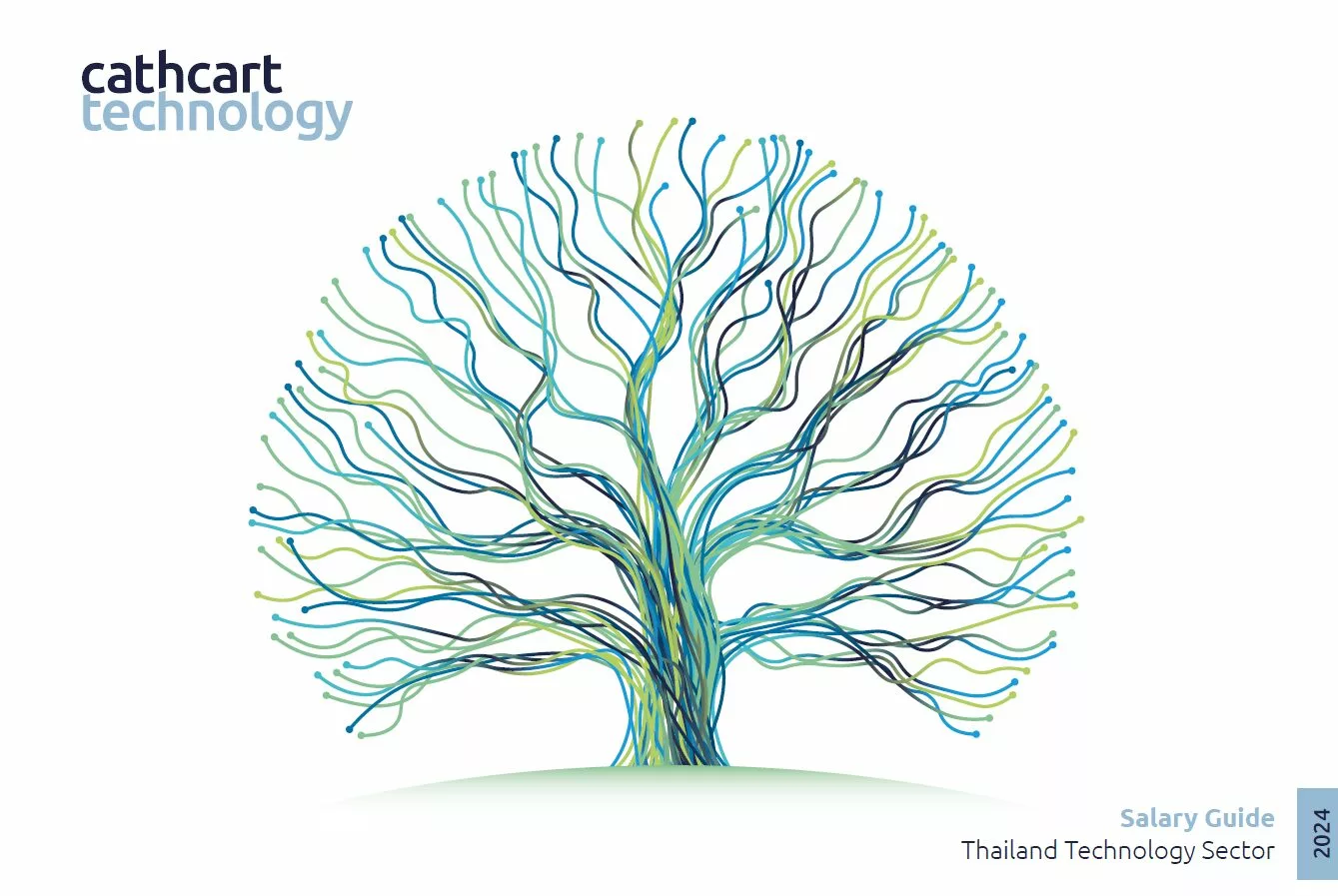Revolutionizing Pet Health: The Role of AI in Veterinary Care
As technology evolves, its influence is increasingly evident in various fields, including veterinary medicine. One such innovation is the use of AI to diagnose and treat illnesses in pets. This technology is not only enhancing the accuracy of diagnoses but also significantly speeding up the process, which can be crucial in life-threatening situations.
A recent example, a seven-year-old cat, Blossom, was diagnosed with severe cancer. The rapid intervention made possible by AI allowed Blossom to receive a timely and accurate diagnosis, followed by life-saving surgery. The diagnostic process with AI involves preparing a slide with a sample from the pet, which is then analysed by the AI under a microscope. The AI scans the sample and flags any areas of concern, allowing surgeons to view critical information almost immediately.
Beyond cancer, AI assists in identifying various health issues, including skin conditions, thus enabling quicker and more effective treatments. The integration of AI in veterinary medicine is transforming the way diagnoses and treatments are conducted more accurately, and less stressful for both pets and their owners.
While AI is proving to be an invaluable tool in modern veterinary practice, it’s essential that it is used responsibly and the veterinary surgeon must remain the final decision-maker for patient diagnosis and treatment.
Reference: Could AI save your pet’s life?
Article by Palatha Noojeen
Associate Director
Piyatida Anthong
Thailand






